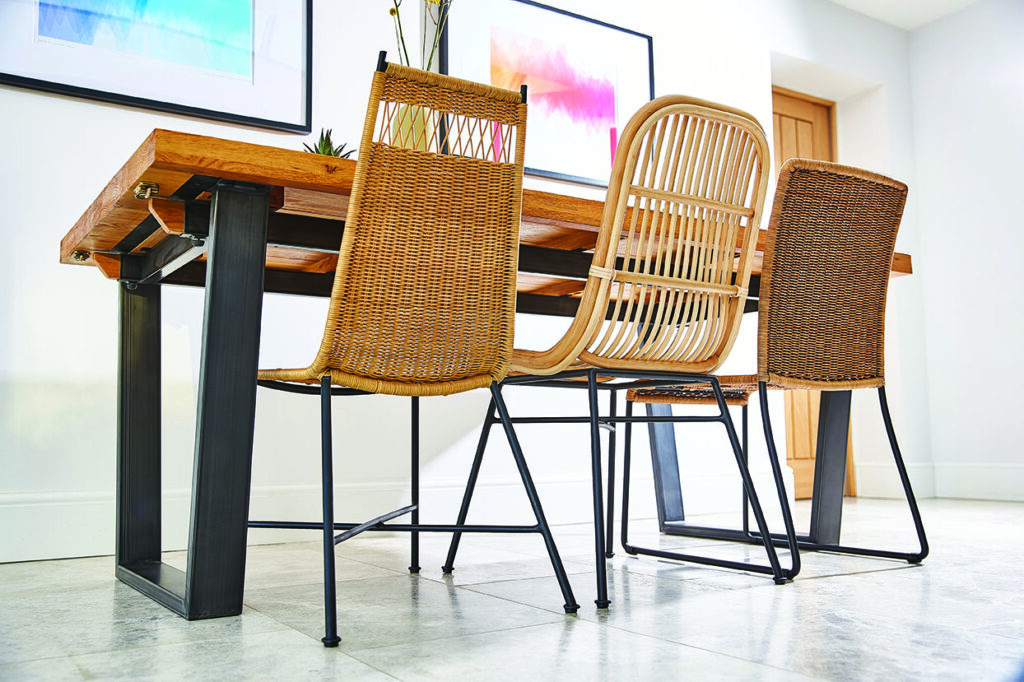The Role of Sustainability and Eco-Friendliness in Furniture Purchases
When it comes to purchasing furniture, modern consumers are increasingly prioritising sustainability and eco-friendliness. Furniture manufacturing practices that embrace sustainability align with contemporary values of environmental responsibility.
In this article, we will explore the significance of sustainability in furniture manufacturing and guide what to look for when seeking eco-friendly furniture options.

Sustainable Materials
Choosing furniture made from sustainable materials is a fundamental step towards reducing the environmental impact of your purchases. Here are key considerations:
- Wood Sourcing: Opt for furniture crafted from sustainably sourced wood. Look for certifications such as FSC (Forest Stewardship Council) to ensure responsible forestry practices.
- Recycled and Reclaimed Materials: Furniture made from recycled or reclaimed materials not only reduces waste but also promotes resource conservation.
- Eco-Friendly Fabrics: Select upholstery fabrics made from recycled or organic materials. Avoid fabrics treated with harmful chemicals, as these can harm both your health and the environment.
Responsible Manufacturing Practices
Beyond materials, consider the manufacturing process itself. Sustainable practices should extend throughout the production cycle:
- Energy Efficiency: Choose furniture manufacturers that implement energy-efficient processes and technologies to minimise carbon emissions.
- Waste Reduction: Sustainable companies strive to minimise waste through efficient production methods and recycling initiatives.
- Local Production: Supporting local furniture manufacturers can reduce the environmental footprint associated with transportation.
Certifications and Labels
Recognisable certifications and labels can help you identify eco-friendly furniture options:
- FSC Certification: Look for furniture with the Forest Stewardship Council (FSC) certification, which indicates sustainable wood sourcing.
- GreenGuard Certification: GreenGuard certified furniture ensures low chemical emissions, contributing to better indoor air quality.
- Eco-Friendly Seals: Some furniture brands display eco-friendly labels or seals that attest to their commitment to sustainability.
Longevity and Durability
Eco-friendly furniture should be built to last, reducing the need for frequent replacements:
- Quality Craftsmanship: Well-made furniture tends to have a longer lifespan. Pay attention to craftsmanship and materials.
- Warranty: Manufacturers confident in the durability of their products often offer longer warranties.
- Repairability: Consider whether the furniture can be easily repaired or refurbished, extending its useful life.
In conclusion, sustainability and eco-friendliness are now crucial factors in furniture buying decisions. By selecting furniture made from sustainable materials, supporting responsible manufacturing practices, and looking for relevant certifications and labels, you can make eco-conscious choices that align with modern consumer values. Investing in durable and long-lasting pieces is not only environmentally responsible but also a wise choice for your home.